Twenty-seventeen is a monumental year for Argo. In stride with its 50th anniversary, the world’s leading manufacturer of amphibious vehicles has launched a brand new lineup of four-wheeled ATVs.
Seven different models complete the new Xplorer line—which Doug Braswell, Argo’s vice-president of engineering, feels is ready to compete with any current ATV on the market. Even the base models, he said, are equipped with standard features not found on other ATVs, and they will come with an attractive price tag.
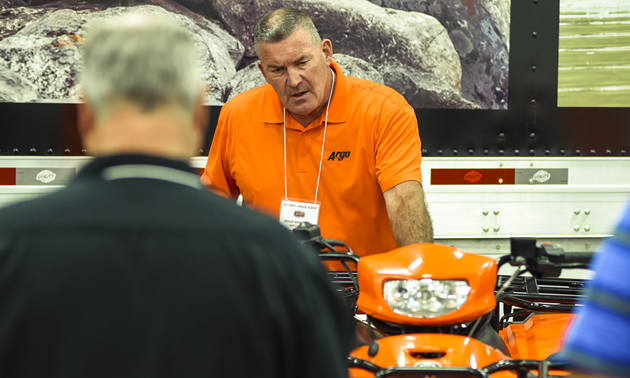
Doug Braswell, VP of engineering, showcases Argo’s new Xplorer ATV line during a press event in July 2017. — Christopher Olaf Berg photo
At its dealer meeting in August, Argo also took the wraps off a new 2018 line of six- and eight-wheeled extreme terrain vehicles, which means the company is by no means deviating from its traditional, amphibious roots.
Speaking of roots, Argo is a Canadian company with a fascinating history that began with German entrepreneur Ortwin Stieber.
Humble beginnings
Stieber founded Ontario Drive & Gear (ODG) in 1962 in Kitchener, Ontario, where it started out producing small gears. Some years later, ODG was commissioned by a fledgling amphibious vehicle manufacturer to produce transmissions as well. When that company failed, ODG was left with several already-built transmissions in need of a market. Seizing an opportunity, Stieber hired engineers and built the first Argo in 1967.
It wasn’t pretty; in fact, some called it a “bathtub on wheels,” but sales of this extremely functional vehicle took off, and by 1969 Argo had outgrown its Kitchener facility. A new, 10-acre property in New Hamburg was purchased and construction began on what is presently the home of Argo’s manufacturing plant and the ODG gear division.
With more than 50 other brands on the market at the time, the ’70s could be called the heydays of amphibious vehicles. Staying competitive, Argo expanded on its original design and in 1972, released the industry’s first eight-wheeler, which offered the largest capacity on the market. A few years later, it came out with the Super Sport, a racing model, and formed its own race team. When the racing fad died out so did the Argo race team.
Growing into a global player
The following decade saw Argo enter the industrial and commercial market segments; a wise move since today Argos are used prolifically around the world—in agricultural, mining, forestry and first responder applications.
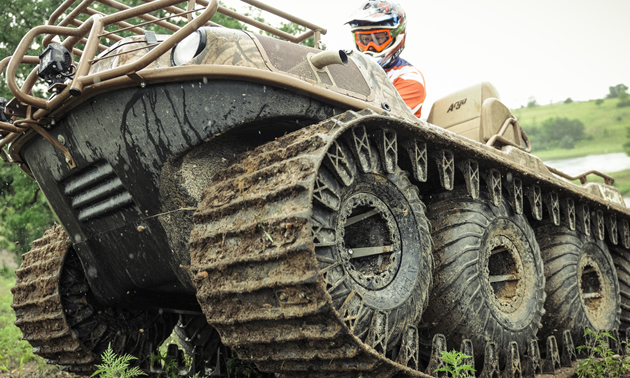
A variety of accessories, including rubber tracks, are available from Argo for its commercial series. — Christopher Olaf Berg photo
Argo also has a separate Space, Robotics and Defence Division. Working with the Canadian Space Agency, Argo has developed several autonomous vehicles for lunar and planetary explorations.
The company’s recreational sector is constantly evolving too. Cleaner engines, more efficient transmissions, heavier duty axles and stronger drivetrains are just a few factors contributing to the success of a vehicle that is presently enjoyed by hunting, angling and other outdoor enthusiasts around the world.
According to Braswell, Argo has a strong base of repeat customers who are happy with the robustness and reliability of their machines.
“The Argo vehicle is one of the lowest (claim) per warranty period vehicle I’ve ever been involved with,” said Braswell who’s been associated with the ATV business for 25 years.
Now, after 50 years, Argo is forging ahead with a new product line, designed to complement the company’s current offerings and compete with other ATV brands on the market. Leading the company forward is former Arctic Cat snowmobile executive Brad Darling, who was appointed president of Argo in the spring of 2016. The company founder’s son, Joerg Stieber, was president of Argo from 1985 to 2011. He remains chair of the ODG board.
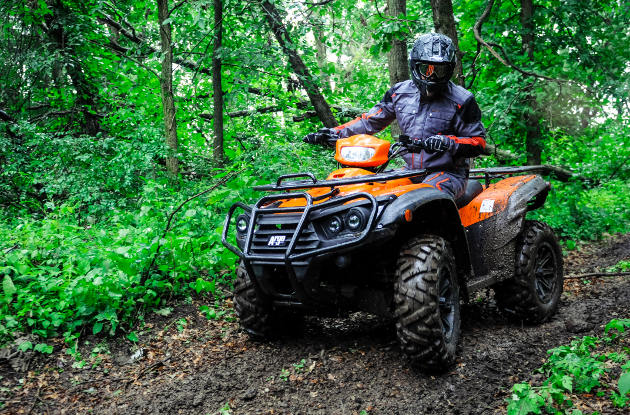
The new Xplorer line of ATVs marks a new era for a company that has relied heavily on the ingenuity and passion of its people to succeed. — Christopher Olaf Berg photo
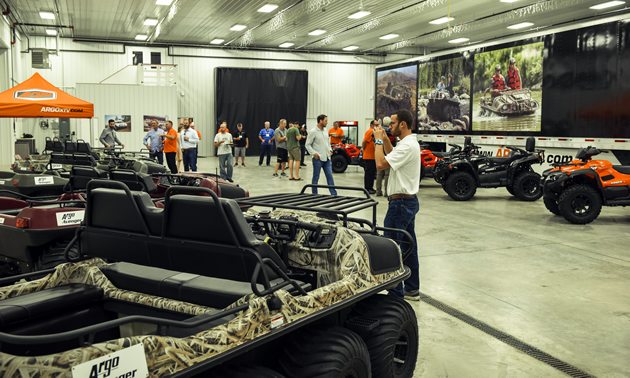



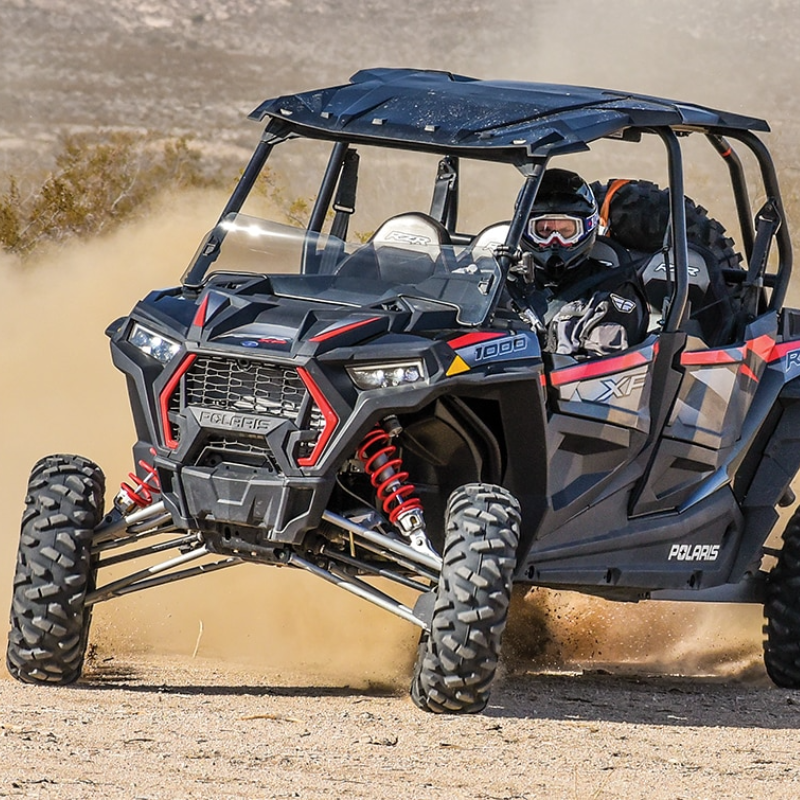



Comments